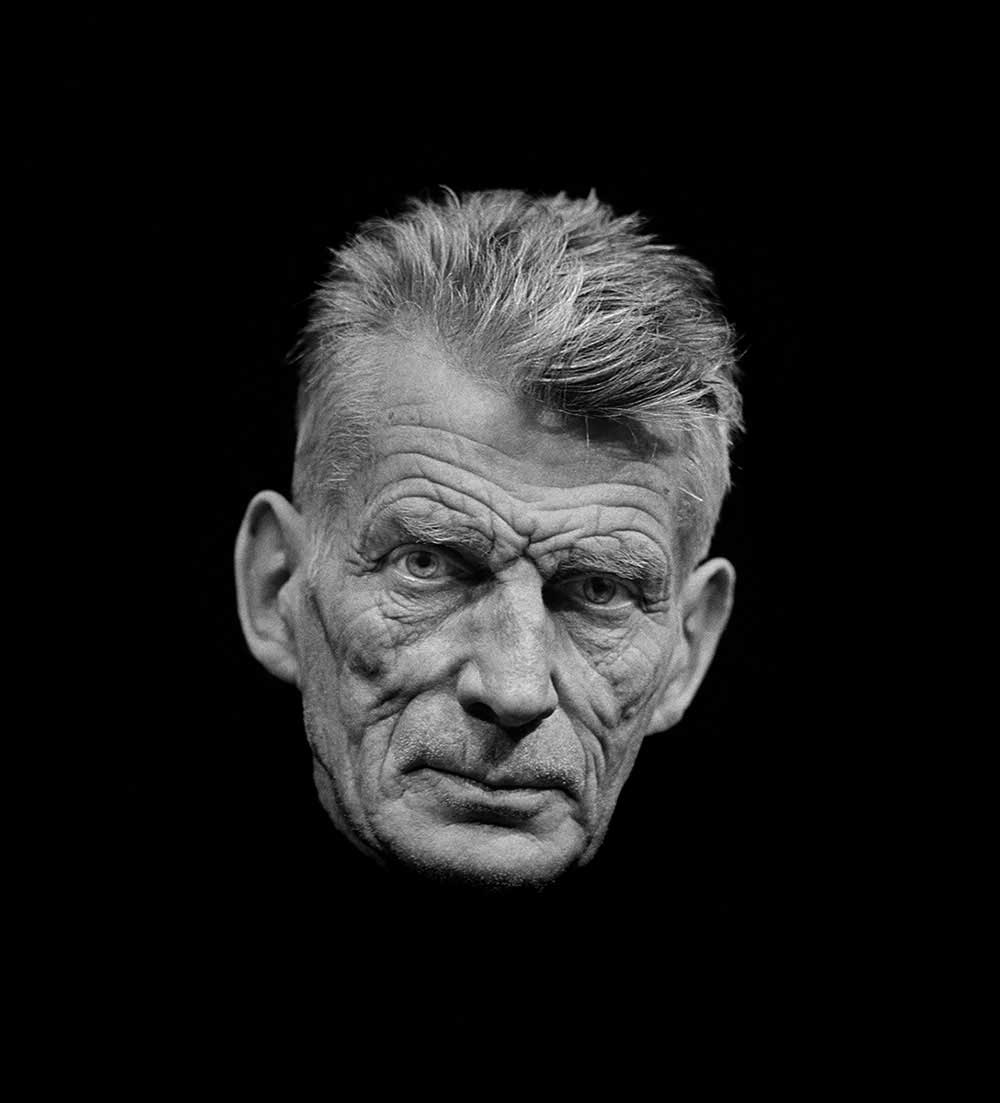The 31 Studio / The Platinum Printroom is the foremost specialist for Platinum and Platinum-Palladium printing in the United Kingdom.
They were the first dedicated workshop to be specifically set up, to revive this lost art. The Studio has the capability to create prints from multiple sources, such as the historic glass negatives of Jacques Henri Lartigue, through all the many generations of film negatives, positives and prints, on to present day digital files. [Website]
Can you please introduce yourself for those who don’t know?
We are 31 Studio; we specialise in the art of Platinum/Palladium printing, a photographic process that was hugely important at the end of the 19th and early 20th centuries.
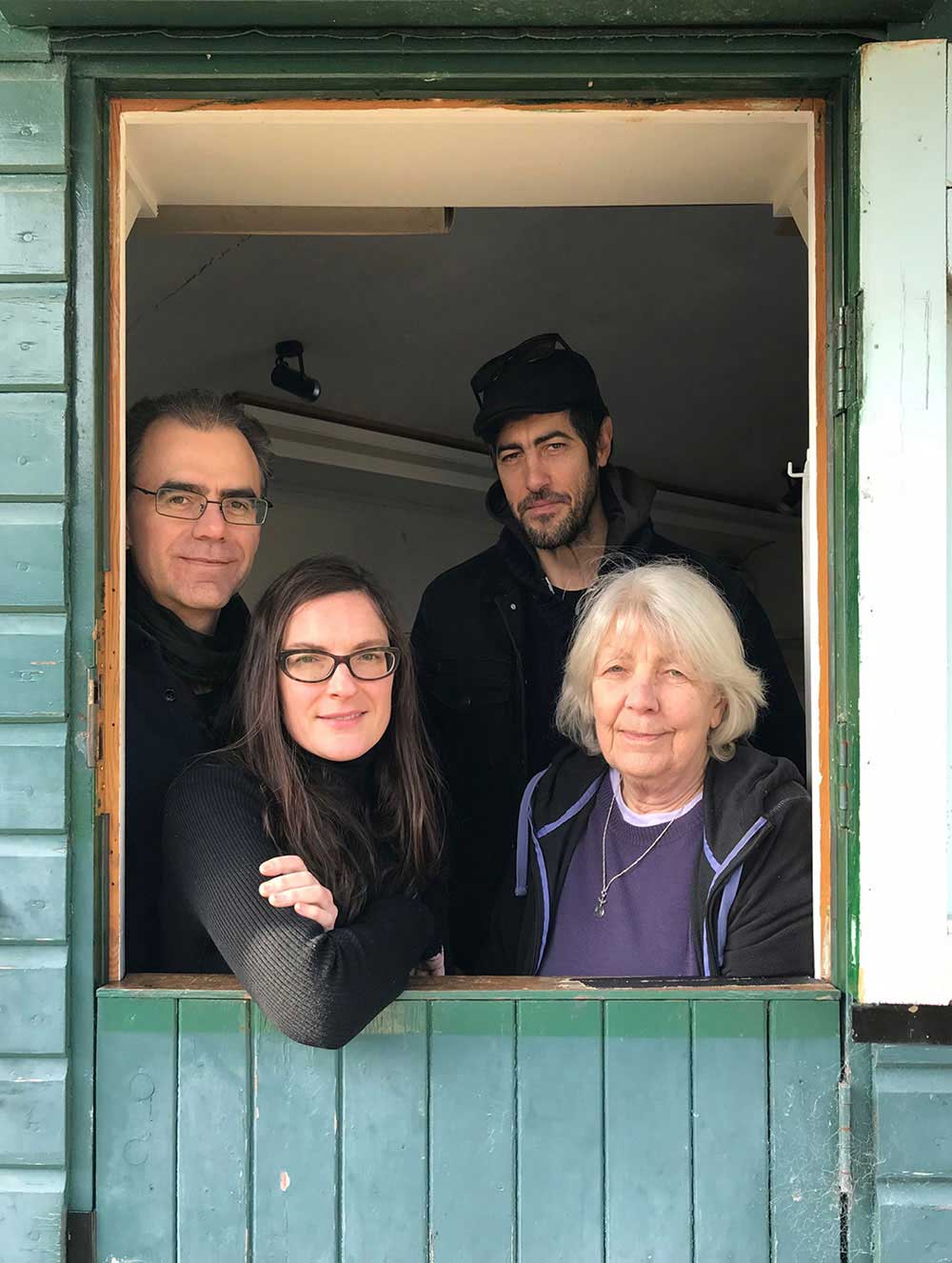
Could you tell me a little bit about the studio?
31 Studio was established by my father, Paul, in 1988, as a platinum palladium printroom. Paul was inspired to use this 19thC process after seeing the Sea of Steps by Frederick Evans at The Royal Photographic Society in Bath. The incredible variety and subtlety of tones he found in Evans’ image proved irresistible, and Paul undertook learning how to use this process. His intention was to use it primarily for his own personal work and then to set up the first dedicated Platinum printing studio in Europe. Initially based in London, the studio is now in a small village in South Gloucestershire.
Could you explain about the history and process of platinum printing and the influence of your father?
People had been experimenting since the 1830s with using platinum to create photographic prints because of its permanence. In the 1870s, William Willis managed to find the right combination of light-sensitive irons with platinum to create the first platinum print. He subsequently patented his process in 1873, and formed the Platinotype company in 1879.
Platinum printing is distinctive amongst modes of photographic reproduction – because it is chemically inert, Platinum does not react with light or deteriorate with time. Platinum prints have an utterly distinctive tonal range – there are no absolute blacks or whites: the print is produced in incredibly subtle tones of grey, so that even the deepest shadows have an expressive character and detail. Rather than lying on its surface the metal is absorbed into the paper, so the print not only responds to light differently to traditional black and white prints, but every print of the same image is absolutely unique, a consequence of even minimal differences in handling and personal judgements by the printer.
To enjoy and get the most out of the practice of platinum printing dedication and full engagement when in the darkroom are required, not to consider it as work, more as ‘a way of life’ – this was the phrase Paul would often use and this has probably been the biggest influence on me. When Paul started 31 Studio he had to learn the process virtually from scratch, as there were no contemporary practitioners to guide him. A belief in the artistic potential of Platinum printing led the leading fashion photographer David Bailey to 31 Studio. Bailey’s interest in the Platinum process was matched by an increasing number of other photographers searching for a distinctive and sensitive means of printing their work. By the mid 1990s this led to an expansion of 31 Studio’s business.
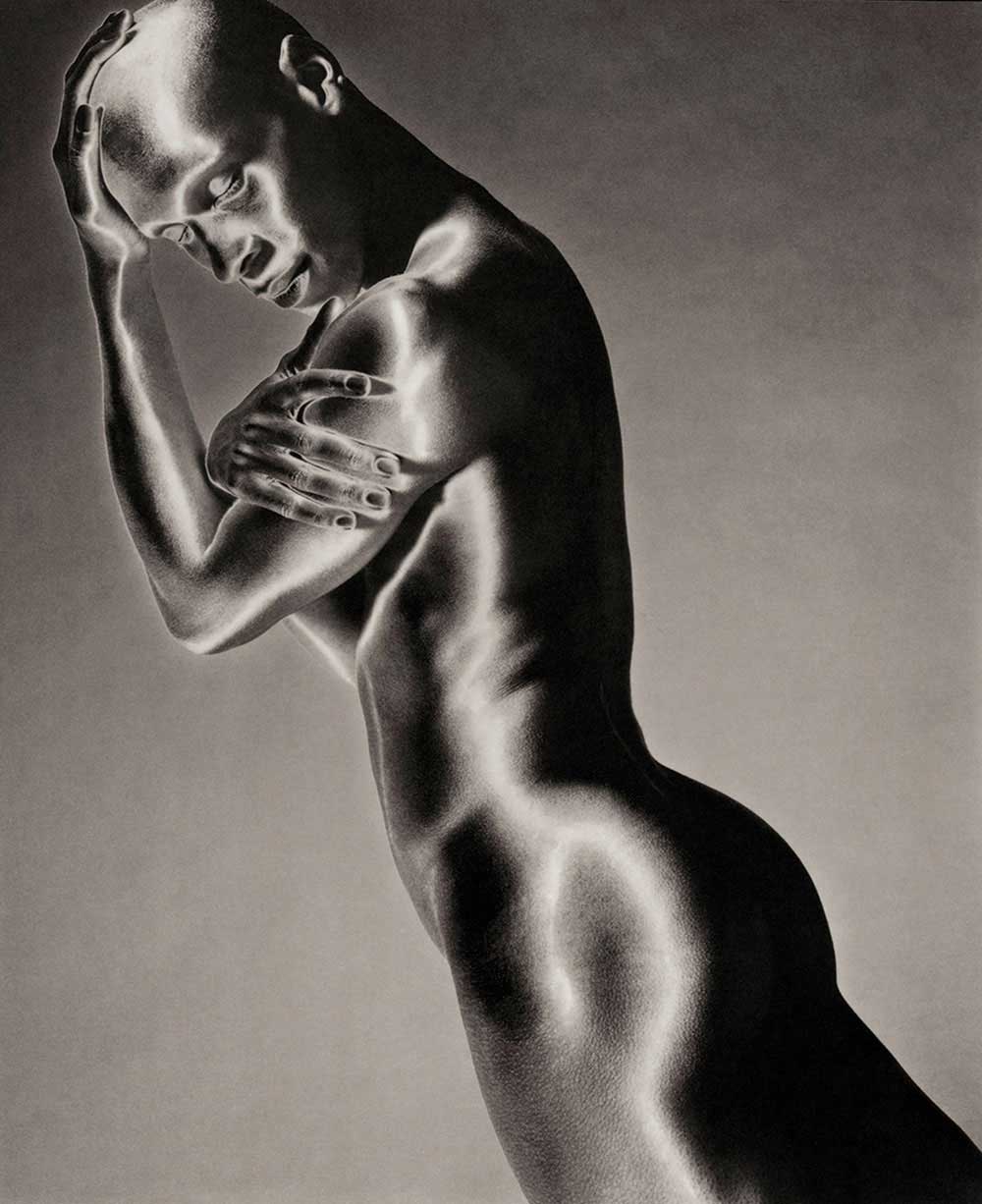
Can you tell us a few words about the beginning of your career in photography?
I have been involved in the studio for over 20 years. While studying sculpture at university, my desire to understand more about the medium of photography was reflected in my final thesis ‘Rodin and Photography’. Like my father, I also fell in love with the platinum process through a need to see my own work translated into this tactile and archival medium. My sculptures had taken on a transitory nature and the temptation to ‘fix’ these fleeting pieces in the permanent and aesthetically timeless process that platinum prints convey prompted me to step on board with my father.
What is the secret of making a studio successful?
The studio has constantly evolved – by the end of the 20thC we were working with both historical archives and contemporary artists / photographers. As a studio we have always embraced challenges set to us by the various people we’ve had the pleasure to work with. Maybe because most of the team involved with making platinum prints at the studio are artists in their own right, no one feels rigid or daunted by the constant questioning of how platinum printing can be used.
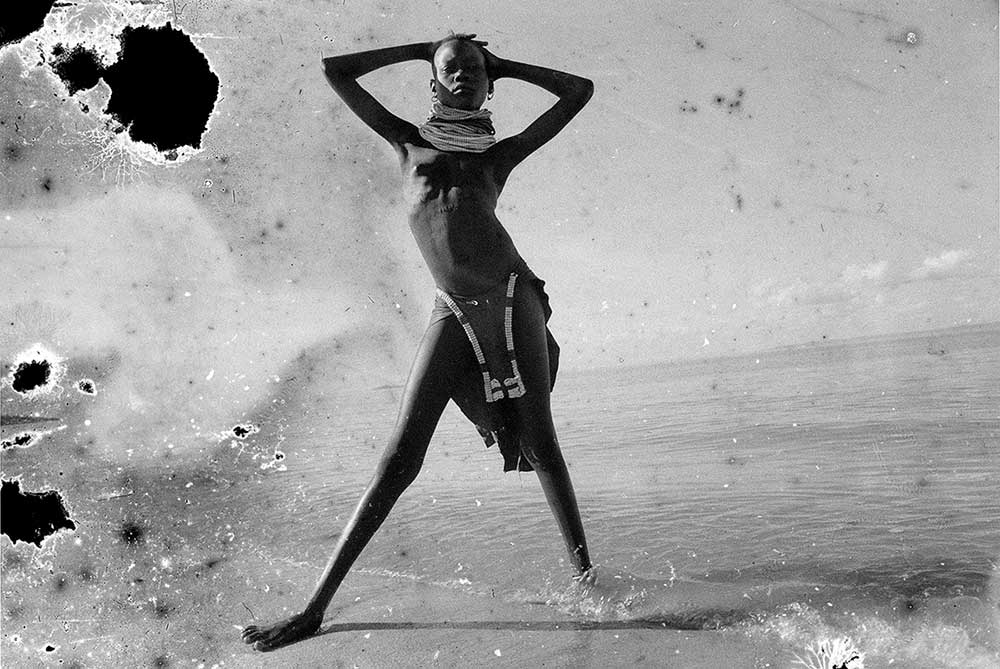
“… One day as I was walking along the shores of Lake Turkana in Southern Kenya, I came across a lovely nubile girl standing like a bronze statue in the heat haze on the waters edge … the vision stopped me in my tracks – she seamed quite stiff as she looked down into my lense – I couldn’t believe my luck – when our little seance was over, I took the film out of the camera and wearing only a brief bikini, stuffed it into my bra, because it was so hot, I dived into the water and remembered the film when it was too late – this image is the only one that survived …”
In general, what is your goal in curating art exhibitions and 31 Studio?
Periodically the studio has been involved in curating exhibitions from its archive, juxtaposing historical and contemporary images, subjects varying from portraits, landscapes, nudes and abstraction, a visual delight, always creating a dialogue and exchange within the diversity of what photography and the platinum technique can bring.
Could you tell me about the Platinum and Platinum-Palladium Prints?
Although the method of making a Platinum print is relatively simple and hasn’t changed significantly since William Willis created his first Platinum print in 1888, it is a highly sensitive process, the paper and climate in the darkroom have to be monitored constantly to control and maximise the various ways we are pushing the process in interpreting the wishes of artists and photographers. It is an Ultra Violet sensitive process, so although we still call it a darkroom, our ‘room’ is lit by normal bulbs and is never dark. As the continuous tone film became less consistent, the need to embrace digital technology to help create the enlarged contact negatives became obvious. We tried various methods, with an adapted light jet, lambda printer, stochastic printing, before feeling confident with the Inkjet printer. The prints we made with the artist Manuel Franquelo are some of the first to not only work from digital files but also show how the initial artwork is not made with a camera but this time as a drawing.
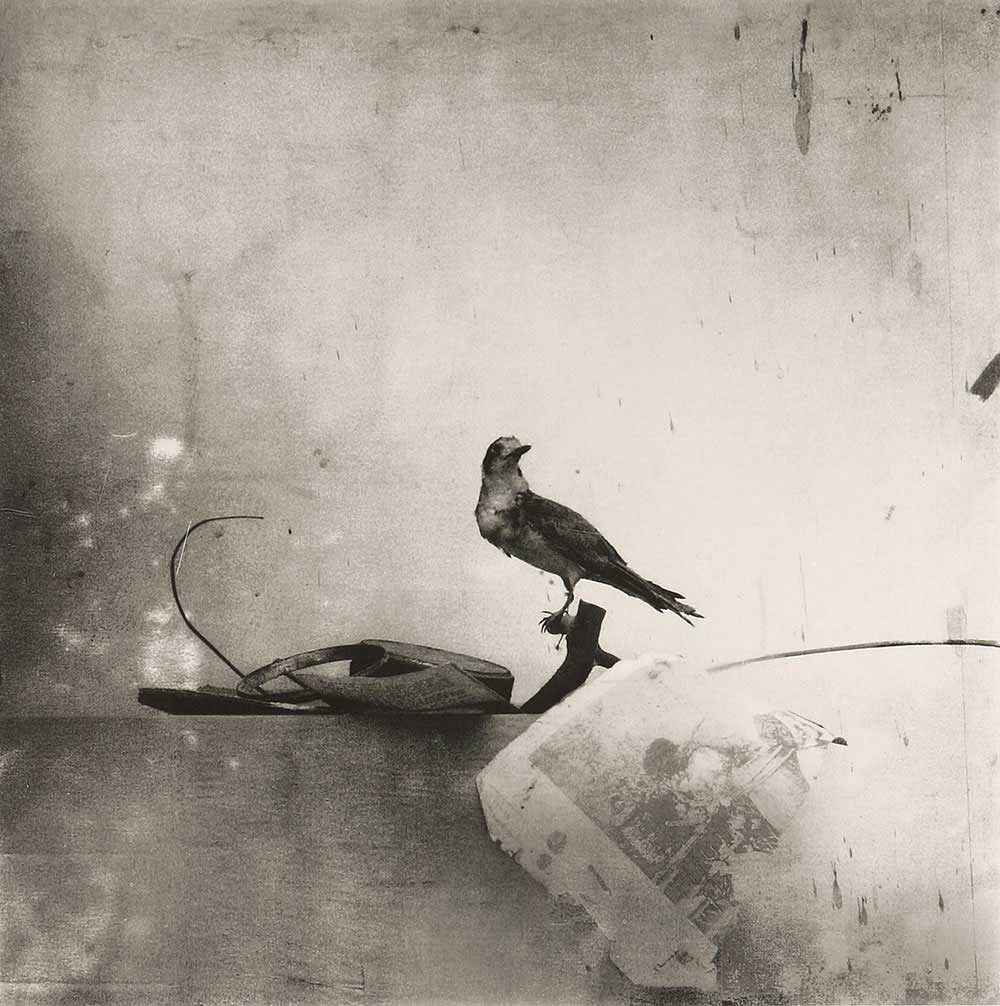
How would you sum up contemporary photography?
Contemporary photography has shaken off it’s nervousness towards the use of digital, allowing a freedom for any expression to be used. The platinum process, the way we approach it, can work from any format or source, to the point that at times no camera has been used in the creation of an artwork.
Are there any future projects you are excited about and would like to share with us?
Every year brings new and exciting projects, last year we had a very successful retrospective celebrating 31 years of 31 Studio, which this year we are working towards touring internationally. Recently finished shows for Sebastian Copeland at Galerie XII in Los Angeles and
Mirella Ricciardi in Petworth in West Sussex. An exhibition of Don McCullin’s work at Hauser & Wirth, Somerset, opened last week and will be going on tour, and René Groebli will be exhibiting with Bildhalle, Zürich in February.
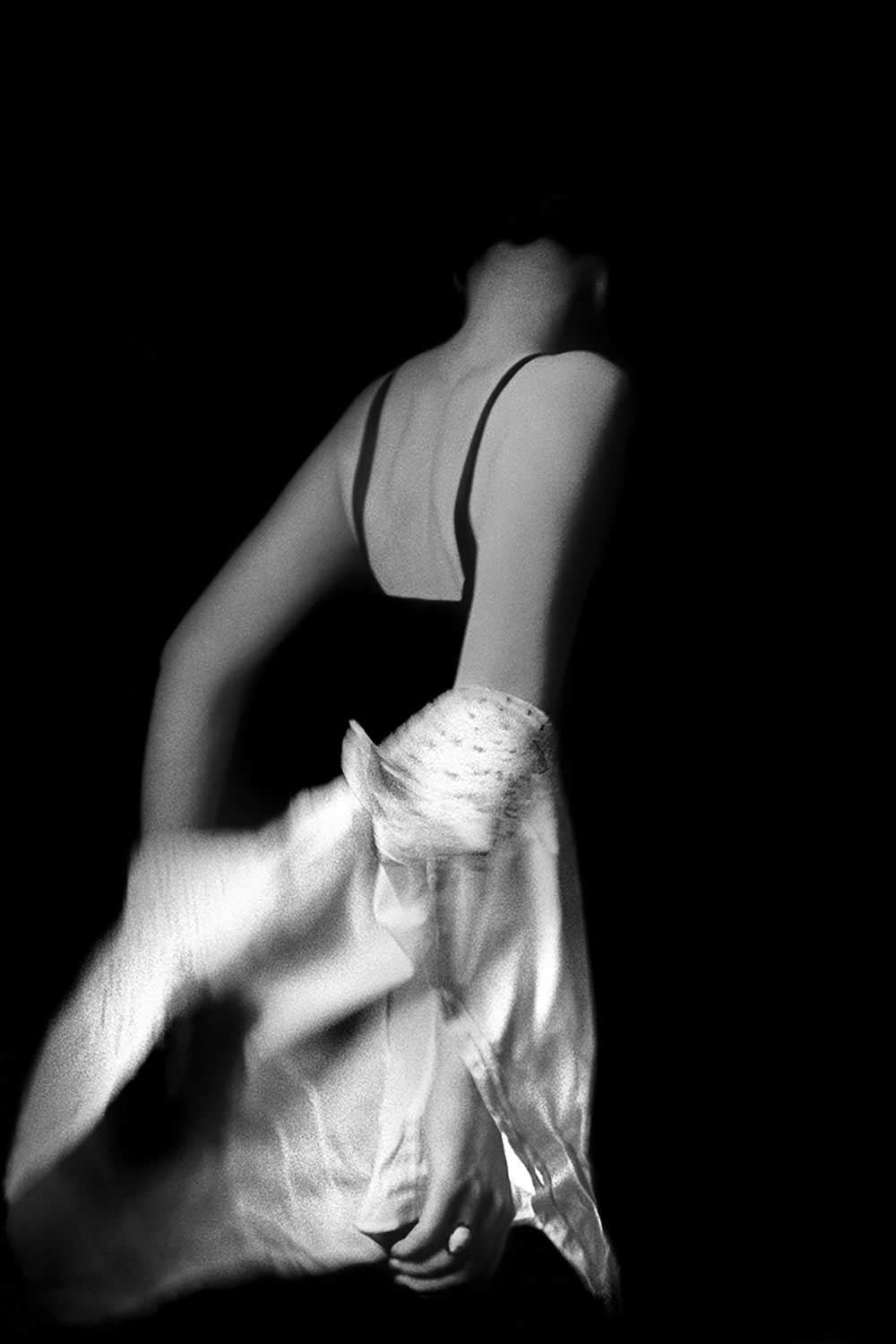
In closing, is there anything you would like to say about your studio or your roster of artists?
We are very fortunate to work with a wide variety of artists and photographers ranging from historically important archives – Jacques Henri Lartigue, Lee Miller, George Eastman House, The Royal Photographic Society; to images by Bill Brandt, Bailey, Linda McCartney, Mirella Ricciardi, Sebastião Salgado, David Bruce, and contemporary artists Alinka Echeverría, Simon Starling and Idris Khan to name but a handful.
Could you tell us about the fun you have collaborating with photographers and artists?
31 Studio has always embraced people with their own artistic practice working within the team, enabling the Studio as a whole to look at each project with a broader aesthetic perspective. This might evolve into combining processes/materials with Platinum, or striking out in a different direction with processes such as cyanotype and anthotype if it fits with the artist’s vision for their work. We love working with photographers who push creative boundaries, for example Peter Dazeley with his solarised works, it was the first time we tried this, thus it’s always collaborative, engaging and stimulating creatively.
